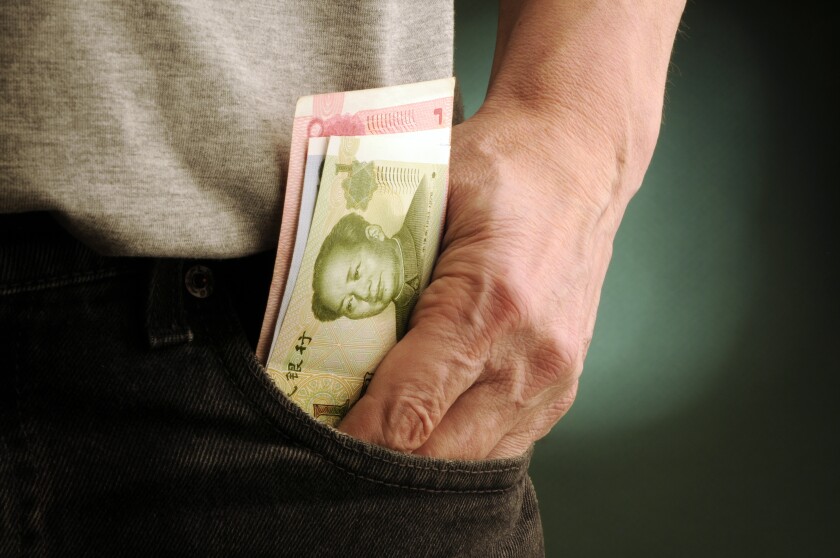The rise in bonds sold by banks in China’s domestic debt market, as well as the growth in thematic deals this year, mean it is more important than ever to closely monitor how borrowers are using their bond proceeds.
Chinese lenders have scaled up their financial bond sales this year. Funding in the bond market has proved cheaper in 2022 compared to a year ago, supporting the financing needs of banks that are under pressure from Beijing to lend more to the real economy. Chinese banks also face the difficult task of having to raise more capital to meet regulatory requirements, while propping up their own growth.
The bonds issued by the banks have been varied, ranging from perpetual bonds to supplement additional tier one capital, to tier two notes. They have also printed senior bonds, many of which have come with different labels to support a host of areas like sustainable finance, property, small businesses, and rural regions.
While it is encouraging to see capital markets play a bigger role in funding the banking sector, and indirectly some of the important parts of the wider economy, it is equally critical to ensure the money is flowing into areas it is intended for.
There have been many thematic deals in the onshore bond market. Admittedly, regulators have made good process in tackling issues especially around green bonds in recent years, stepping up requirements for post-issuance information disclosure.
For carbon neutrality bonds, a type of green bond launched onshore last year, for example, issuers are specifically required to publish information annually — by April 30 each year throughout the bond’s life — on the actual use of proceeds and the emission reduction effect of the green projects funded.
But stringent regulation of the use of proceeds is not only necessary for green bonds. It is also essential for the other themed deals sprouting up quickly in China.
With some of these labelled deals, issuers may benefit from a fast-tracked approval process, easier marketing, and even actual cost savings, making their primary market deals worthwhile. But once the deals are done, there is a risk of the labels being abused.
There have been controversies with some recent labelled deals in China.
When Covid-themed bonds were first launched in 2020, issuers were required to use only 10% of the proceeds in areas related to fighting the pandemic. More recently, regulators allowed banks and property developers to issue bonds with an M&A label to help consolidate China’s troubled real estate industry, but some of the bonds sold by the developers themselves saw the majority of the funds raised spent on refinancing, instead of project acquisition.
While financial institutions, especially banks, are arguably better regulated than corporations, it is still vital to make sure bondholders’ investments are ultimately deployed to the areas in need, rather than being left unused or being put towards other purposes. Only then can the onslaught of FIG bonds from China have a meaningful impact on the market — and the broader economy.

